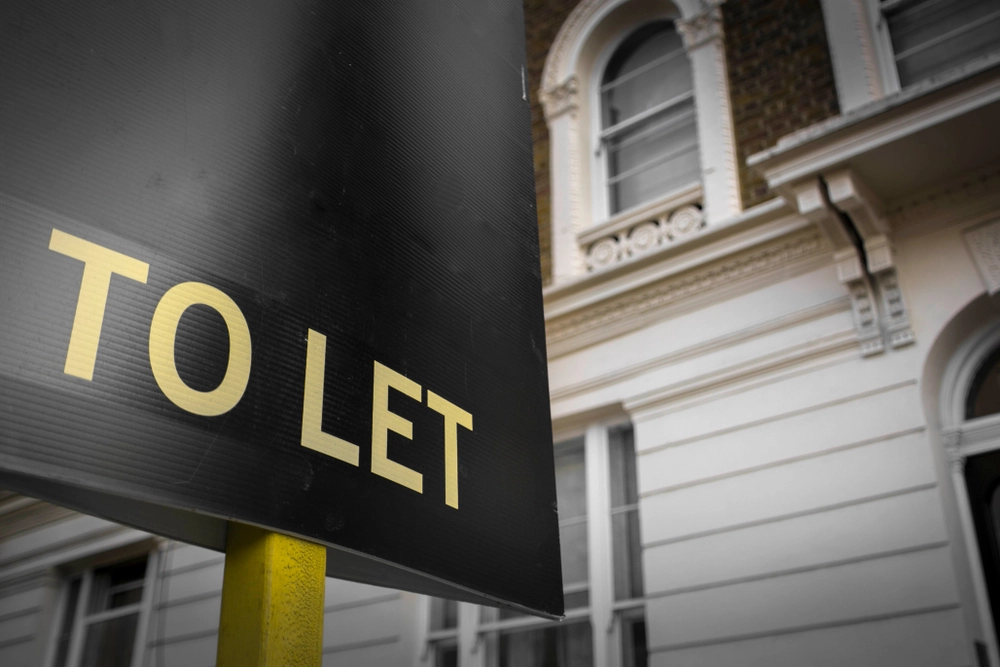
Privately rented accommodation takes up a greater proportion of housing in England and Wales in 2021 than it did in 2011, according to census data. Meanwhile, home ownership has fallen over the same period.

How has housing changed?
New ONS data published as part of the 2021 census shows that in England and Wales, five million people (20.3%) rented their accommodation privately in that year, up from 3.9 million (16.7%) in the previous census.
Over the same period, 500,000 fewer people owned their own homes, a decrease from 15.5 million (64.3%) to 15 million (62.5%).
While rates of rented accommodation rose between census periods, the growth was driven by private renting. Social rentals (such as through housing associations) declined by 0.5% to 17.1% and rent-free accommodation collapsed from 1.4% to 0.1%.
Where is private renting increasing the most?
At a local authority level, a comparison of privately rented and rent-free housing between censuses shows that the City of London has seen the highest growth at around 7.5%, followed by Watford (7.3%), Hillingdon (6.9%), Salford (6.7%) and Redbridge (6.65%).
These are indicative of the wider trend of large cities and their surrounding areas seeing the highest growth, which is true of London, Manchester and Birmingham among others.
This is likely due to the outsized demand for housing in cities and the spillover of prohibitive house prices in their wider metropolitan areas.
At a regional level, the largest growth can be seen in Greater London and surrounding counties, as well as the areas of the north-west and Midlands that comprise part of the traditional “red wall” parliamentary seats.
The south-west and Wales – particularly less densely populated areas – generally saw lower growth, while large parts of the north-east and Yorkshire even saw a small decline in private rentals. These areas also tend to have much higher levels of outright homeownership.
However, it is essential to note that this trend could be set to change.
The period covered between the two data sets saw historically low interest rates that are now rising sharply. This has meant falling house prices, lower demand and many landlords selling up, with one in six properties for sale being ex-rentals as of November 2022.
It is hard to predict the end result, but a drop in buy-to-let landlords could very well begin to temper or reverse the trend in privately rented properties by the next census.
[Read more: Cities in England see a big fall in demand for homes]






